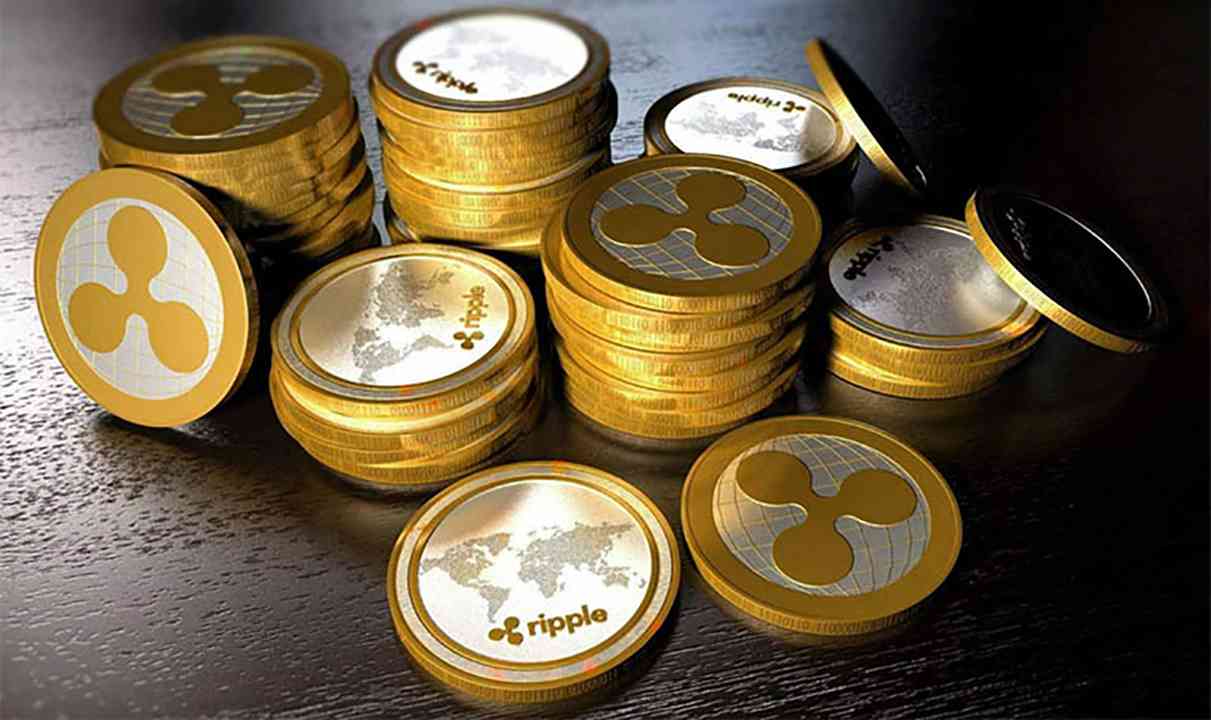Most people hear “cryptocurrency” and then say and think “Bitcoin.” This is fine, but if you’re looking for timely, intellectual investments to create value and wealth look no further than the 4th largest digital currency (by market Cap) on the Cryptocurrency market, Ripple (XRP). The company has a goal of building on the decentralized, digital currency pioneered by bitcoin and to quote them directly “to do for money what the internet has done for information.” To put it in simple terms, their key objective is to set money free from institutional bureaucracies.

An introduction to RippleNet and Ripple XRP
Ripple is both a payment network (RippleNet) and a cryptocurrency (Ripple XRP) which was created in 2012. RippleNet connects banks and other big institutions and allows them to transfer money and other assets through the network. All transactions are recorded on the decentralized XRP Ledger.
Ripple XRP is the currency used in the payment network for all transactions, reducing the time and money associated with cross-border payments. The beauty and main unique selling point of Ripple is each transaction that goes through the system is processed in only four seconds. A frame of reference of how good that is can be made with Ethereum taking more than two minutes, Bitcoin over an hour, whilst the current banking or Visa systems can take between three and five days.
So what…?
This where it becomes interesting. Unlike many cryptocurrencies on the cryptocurrency market, you can start to attribute value to it based on its features giving benefit to its users.
Scalability of Ripple XRP
Ripples stats speak for itself. All projects, businesses and assets have the issues of how to become mass marketed quickly and continue to dominate. The benefits are glaringly obvious with Ripple. Bitcoin can process 6-7 transactions per second, Etherum, a little better at 15. Ripple processes an incredible 1500 transactions per second potentially instantly revolutionizing the payments system. Ironically, because of its blockchain technology and with most platforms or cryptocurrencies requiring a Bitcoin-based transaction to purchase the desired currency, it will be the Ripple technology used to make that particular transaction as they are so quick and cost-effective. Essentially, soon Ripple with be intertwined within the fabric of the payments system to compliment others who cannot compete with them.
Ripple’s cost
Ripple remains one of the most attainable digital currencies on the cryptocurrency market. It is cheap. Dirt cheap. An average Bitcoin transaction is $7.60 and at a peak trading hour, it can increase to up to $20. This is doing nothing to improve the current banking fees and charges. Ripple, on the other hand, blows this out the water, so much so, its measured by the ten-thousandth of a percent, so as good as zero.
Ripple’s blue-chip client list and partners
Things in life are popular for a reason. Ripple is popular with as many of the big players as any other cryptocurrency you can think of and it’s going global. Ripple is Continuously making innovative strides with Blockchain Technology. It has partnered with some of the largest institutions in the world such as Bank of England, all three of the major Japanese Banks, Sumitomo Mitsui Banking Corporation (SMBC), MUFG, and Mizuho and most recently, American Express and Banco Santander. As of writing, Ripple has signed commercial partnership agreements with over 100 top financial companies adding a revenue stream to its balance sheet but most importantly credibility by critical mass.
But, not everyone is convinced. Some aren’t fans of Ripple because it goes against some of the libertarian premises of what Bitcoin is founded on. XRP is not fully decentralized and the company still owns over half the coins created. 40% are in circulation which means “an establishment” can still control the power of supply and demand and therefore possibly the price. They will inevitably be edged into circulation at around 1 billion a month which is a smart move in terms of not tanking their own price but it doesn’t change the fact it’s not as transparent as other currencies. It’s also not immune from the short-term boom-bust cycle on the good fundamental news. At the start of 2017 it was $0.0065 at one point it brokered $0.40.
So what does the future hold?
Ripple has recently addressed the supply issue announcing its strategy to move 55 Billion XRP into circulation. The details are still required and a detailed plan of how and when is yet to follow but it answers the question that the company is aware of it and making strides to pacify one of its challenges.
Most commentators and cryptocurrency market ‘experts’ have a confident bullish perspective on Ripple at $1. Initially, it was by the end of the year, however, this looks unlikely and more likely to be reached in 2018. There are too many clients onboarding, too many positive developments and too many quality USPs to be applied with a greater purpose to justify its $0.17 to $0.25 ranging in recent months.
Ripples market cap currently is just under $10billion with analysts calling for the cryptocurrency market to rise into the trillion-dollar range as early as next year. This, for now, is potentially slightly overzealous figure, however, if you are a growth investor and have the patience to wait and believe in the future strategy of Ripple, then it’s fair to say that the current price of $0.24 is an undervalued price. The long-term view on research from analysts sees the currency at $3-5 subject to suitable progression from a technical and sales point of view, with the potential to eclipse these predictions.
In summary, Ripple is a hidden gem. It has credibility and stability and still has plenty of room for growth. The exact success it has globally in the long term is yet to be determined but watch this space, Ripple is a force to be reckoned with.